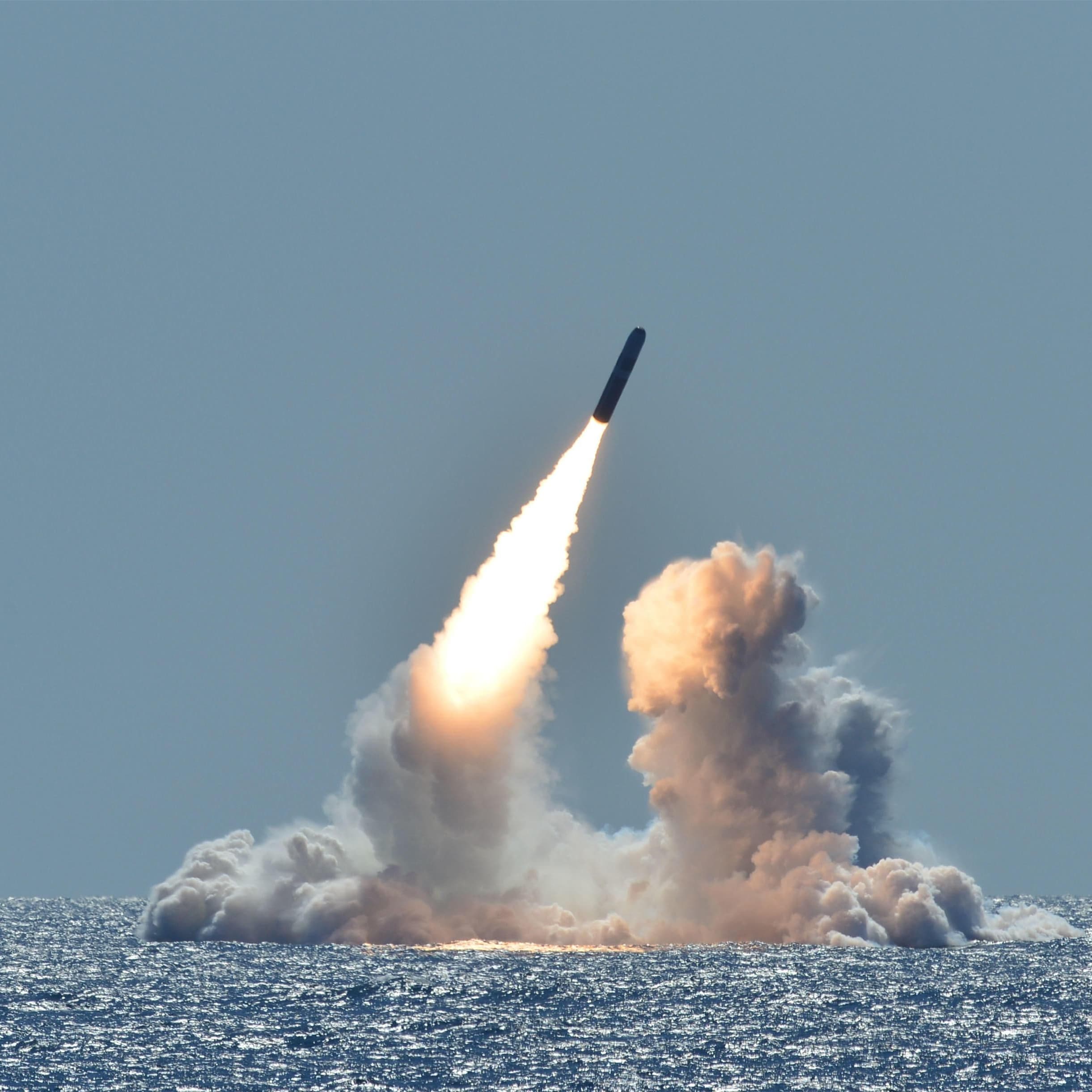Magnetic materials are widely used in sensors we call sensor magnet. Most position sensors use magnetic fields and magnetic sensing elements to locate and detect changes in the position of objects. Such sensors are widely used in many industries, especially in the automotive industry, where they are used more widely. Examples include active suspension, vehicle height position sensing, steering wheel and accelerator position sensing, throttle control, seat, and window positioning systems, door and body panel closing, and more.
Rotary Position Sensors
Magnets are used extensively in rotary position sensors, which typically consist of a housing assembly and a rotor assembly. The magnets are usually fixed to the rotor assembly.


Figure 1 is a rotary position sensor from Delphi, the permanent magnet(s) is attached to the rotating body of the sensor(rotor) while the sensing device (Hall or MR) is attached to the stationary body (stator). As the rotor moves, the magnet(s) must move accordingly. The Sensing device can read data such as the angle of rotor rotation through changes in the magnetic field.
Linear Position Sensors
Magnets are used in linear position sensors, usually, the magnets are made into components called magnet carriers, the housing part contains the sensing device, and when the magnet carrier moves, the sensing device fixed to the housing will read the magnetic change and thus determine the change of position. It is also widely used in the automotive industry. For example, the modern automotive industry uses electronic clutch controllers.
The linear position sensor on the clutch is a bit more complicated, so let’s take a linear position sensor from CTS and explain roughly how the linear sensor works.
Figure 2 shows a linear sensor of the CTS with a magnet carrier in the middle. The inside of the housing is a cavity and the outside of the magnet is a cylindrical fixing bracket. It is attached to a spring. When the object connected to the linkage is displaced, it pushes the magnet carrier fixed to the linkage to be displaced. This time the relative position of the magnet and the sensing device will change, so that the sensing device receives a change in the magnetic lines of force. In this way, the displacement of the object can be monitored and judged.
Angular Position Sensors
The angular position sensor is relatively more complex. What we know is the angular sensor on the brushless DC motor, which monitors the Rotor’s rotation angle.
Angular position sensors usually the sensing devices monitor the magnet on the rotors to calculate the data from the magnetic flux changing.
Other Sensors
There are many other sensing applications, and our magnetic materials are used in many different sensor applications. For example, Apple’s camera has a shift function of the image sensor, which also uses magnetic materials. The camera may include a voice coil motor (VCM) actuator configured to displace the image sensor along multiple axes. The magnet in VCM and coil arrangement of the actuator may comprise a plurality of magnets with respective optical image stabilization (OIS) coils adjacent to each magnet and auto focus (AF) coils above and/or below the magnets. The flexure suspends the coil carrier assembly holding the OIS and AF coils and the substrate holding the image sensor. Current can be driven through the coil in a controlled manner to move the coil carrier assembly and substrate to displace the image sensor for OIS and/or AF. Some embodiments include a position sensing arrangement consisting of one or more position sensors to provide position feedback to a control loop controlling the position of the image sensor.




